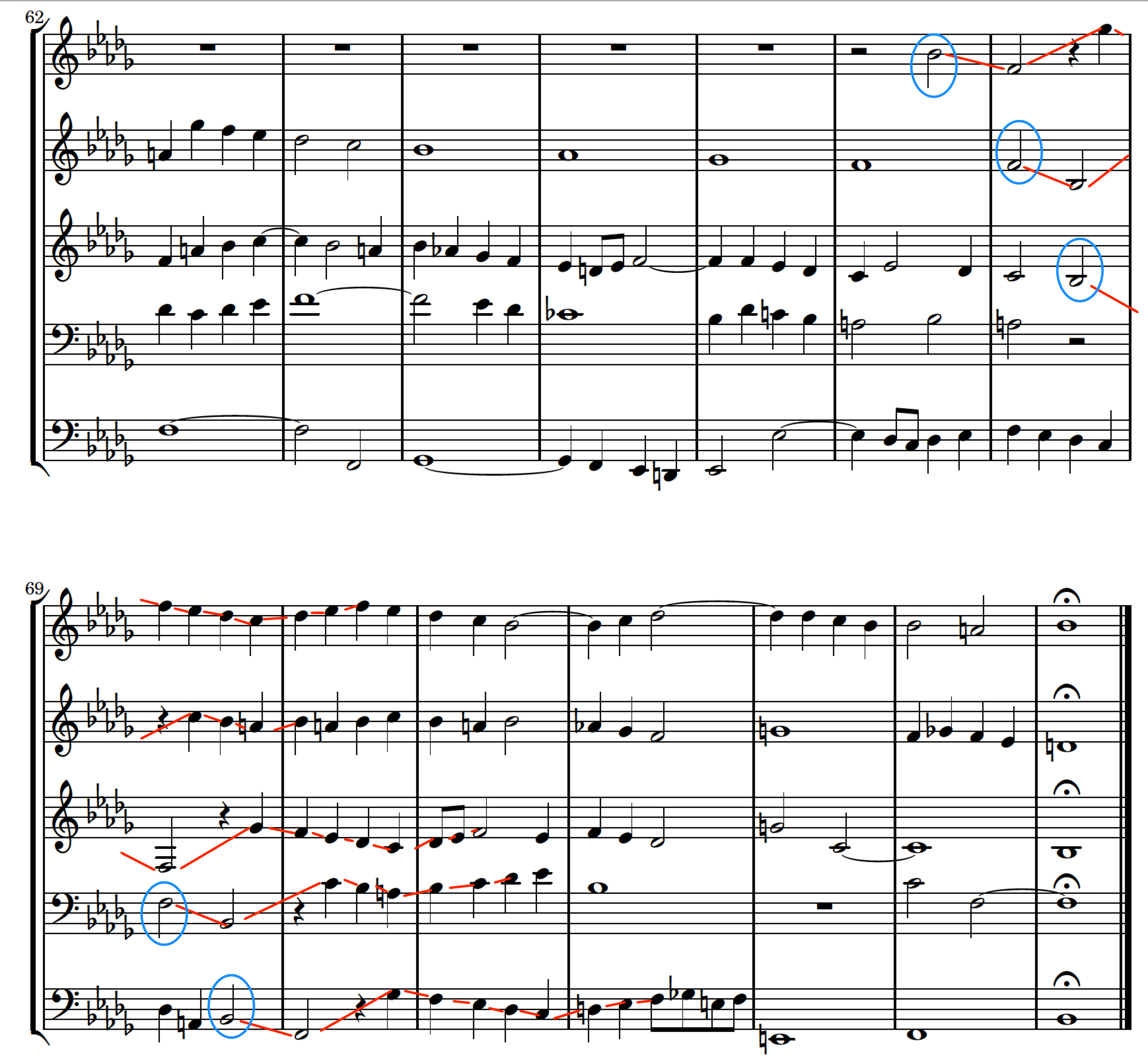Prokaryotic and Eukaryotic Cells Essay - 853 Words.
The Prokaryotic And Eukaryotic Cells - Part A Prokaryotic and Eukaryotic Cells Introduction Prokaryotic and Eukaryotic cells are both found in living thing, they have similarities and differences. This will be discussed further on in the essay. Prokaryotic cells are found in organism like bacteria which are archaebacterial and eubacteria.
The Prokaryotic cells divide by binary fission, while the Eukaryotic cells divide by either mitosis, in somatic cell to produce identical copies, or meiosis, to produce sex cell with half the chromosomes of other cells in the body. The main difference between binary fission and mitosis is that binary fission occurs faster as prokaryotic cells.

A Comparison of Eukaryotic and Prokaryotic Cells There are two main types of cells in the world. The simplest cells such as bacteria are known as Prokaryotic cells, and human cells are known as Eukaryotic cells. The main difference between each of these cells is that a eukaryotic cell has a nucleus.

From what we have read cells fall into two broad groups: prokaryotes and eukaryotes cells. Prokaryotic cells are smaller and lack much of the internal compartmentalization and complexity of eukaryotic cells. Cells do have certain features in common, such as a cell membrane, DNA and RNA, cytoplasm, and ribosomes. The cell membrane functions as a.

Prokaryotic cells keep pili (eukaryotic cells do refercogent attributcogent attributcogent attributcogent attributcogent attributable) these are to acceleration the cell fasten itself to bacteria or bacteria fasten to itself. They twain nevertheless keep a flagellum to acceleration the cell tactics itself. Twain cells keep ribosome and cytoplasm.

There are two main types of cells: prokaryotic and eukaryotic. 1. Bacterial cells are prokaryotic. Choose two structures of bacterial cells and explain how these structures allow bacteria to function as unicellular organisms. 2. There are many examples of eurkaryotic cells. Algae, Fungi, Plants, and Animals are all composed of eurkaryotic cells.

Eukaryotic and Prokaryotic Cells: Biology Questions Essay. An is broader in scope than a hypothesis, supported by a large body of evidence and generates many new hypotheses. 15. Kingdom of multicultural consists eukaryote that obtain their food by ingesting (eating) other organisms. 2. An involves both an experimental group and control group.

Structure and Function of Eukaryotic Cell Organelles What are eukaryotic and prokaryotic cells? Organelles in Eukaryotic Cells The Nucleus. Nearly all animal cells have a nucleus, with the only exception being the red blood cell. The nucleus has two major functions, which are housing the DNA and controlling the cell’s activities. In the.

Prokaryotic and eukaryotic cells Cell theory states that all living things consist of cells which are either prokaryotic or eukaryotic. As microscopy has developed, our knowledge of their.

The Endosymbiotic theory Now the universally accepted and most well known theory behind the evolution of the eukaryotic cell, the endosymbiotic theory argues that eukaryotes evolved through an engulfing event followed by a symbiotic relationship between the prokaryotic cells that existed back before more complex life existed. Phagocytosis is a.

For a free essay sample on Differences between Eukaryotic and Prokaryotic Cells College Essay Example or any other topic to get you started on your next essay assignment, join MyCloudEssay. Get in touch with us to get help with Differences between Eukaryotic and Prokaryotic Cells College Essay Example or any other essay topic.

Understanding the differences between prokaryotic and eukaryotic cells is the underlying concept in comparing the size of the prokaryotic bacteria and the eukaryotic cheek cell. The differing structure and containments of prokaryotic and eukaryotic cells help to explain their contrasting size. Prokaryotic cells do not contain membrane-bound.

In prokaryotic cells, the true nucleus is absent, moreover, membrane-bound organelles are present only in eukaryotic cells. Other major differences between prokaryotic and eukaryotic cells are that prokaryotic cells are exclusively unicellular, while the same does not apply to eukaryotic cells.



